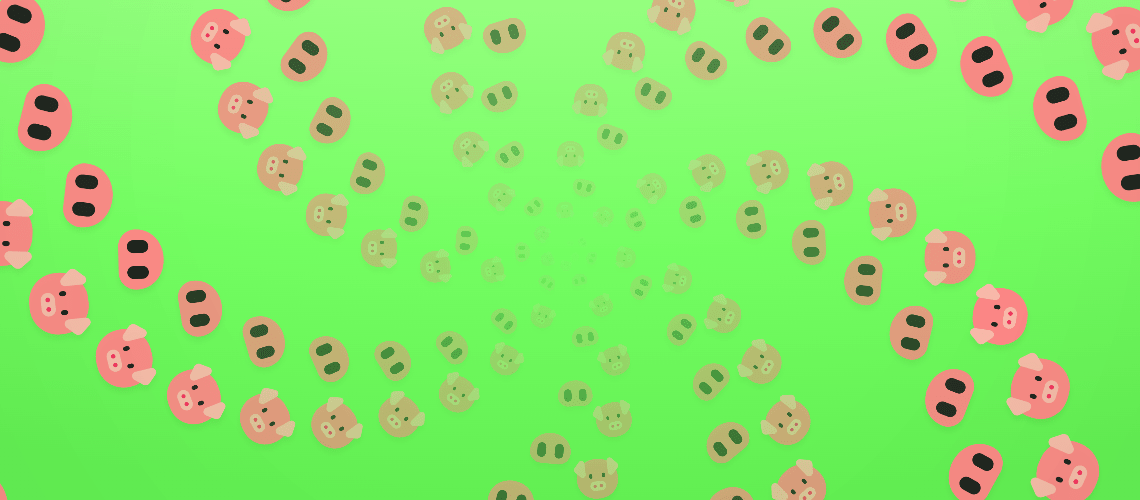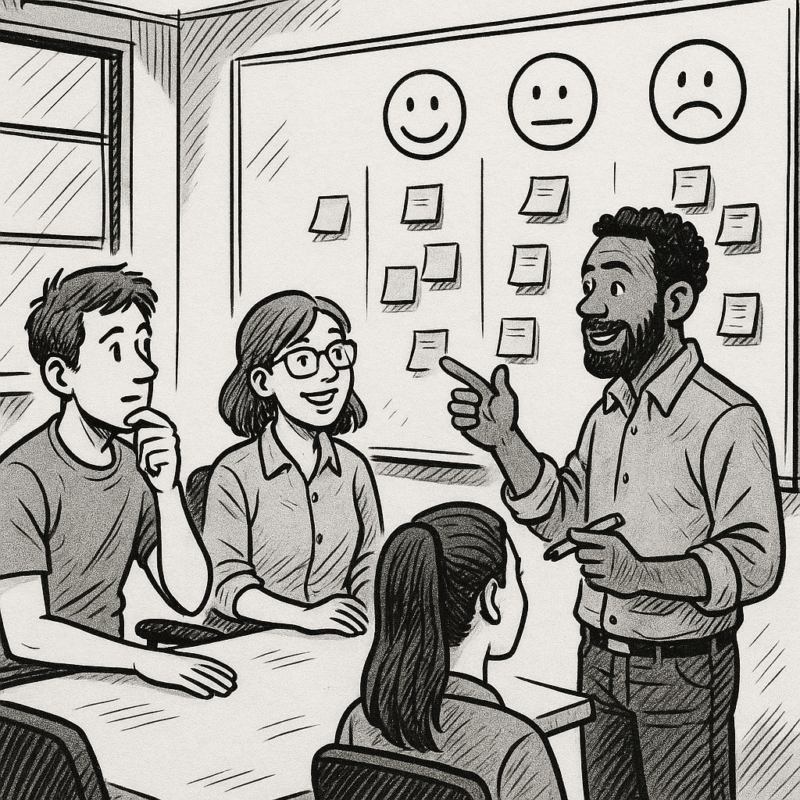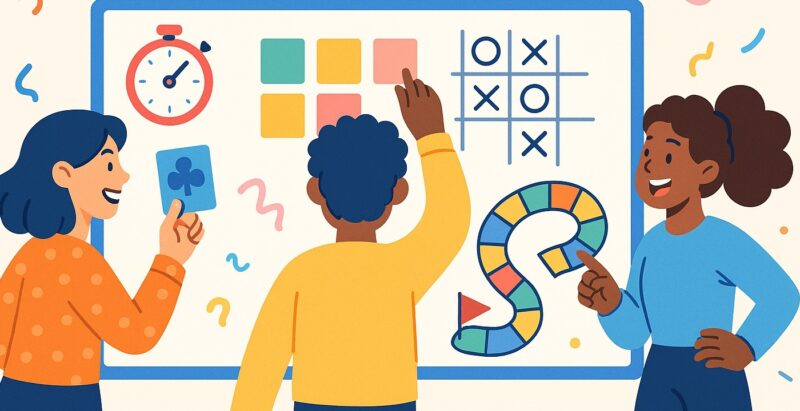Did you just search Google for "Three Little Pigs retrospective online"? – Great, then you've landed in the right place.
In this article, I'm going to give you an overview of the Three Little Pigs retrospective and show you how you can easily hold it online.
Three Little Pigs Retrospective Online
The 3 questions to ask at the Three Little Pigs Retrospective:
First things first: The Three Little Pigs Retrospective is derived from the fable of the same name. In it, three little pigs each build their own shelter to protect themselves from the big bad wolf. One shelter was built from straw, the next from sticks, and the last from stones. As you can imagine, the three shelters are each differently robust. And it is precisely this symbol of stability that the retro is intended to transfer to the team's activities.
Three Little Pigs Retrospective Online
Three Little Pigs questions, examples and online template
Open Feedback Questions
House of straw: What do we do that is just holding together, but could topple over at any moment? 🌱
House of sticks: What do we do that is relatively stable, but could be improved? 🪵
House of bricks: What do we do that is rock solid? 🪨
As seen in the chart, there are the following three questions of the "Three Little Pigs Retro":
-
What do we do that is just holding together, but could collapse at any moment? (House of straw):
- Example: You have the feeling that not everyone in your team dares to speak up. This can lead to malaise in the team in the foreseeable future. So the so-called "psychological safety" should be improved. So you could start doing an agile team health check in 3 steps in the team. (More info about: "Psychological safety" or "Team Health Check in 3 steps")
- What do we do that is relatively stable but can be improved? (House made of sticks):
- Example: It's good to look at agile metrics like your team's velocity from time to time – that's been going well lately, but feel free to do it more often! (Read more: "agile metrics")
- What do we do that is rock solid? (House of stone):
- Example: You were very happy with the new tool to help with prioritization & transparency of the product backlog. It should definitely be used further.
Three Little Pigs Retrospective Online
It doesn't always have to be factual....
There are an incredible number of retrospectives that are very factual in their approach. The Start Stop Continue Retrospective is one example. But I always get feedback from my team that new retrospective approaches really get the brain pumping. In short, classic retrospectives are great, but in my experience, you leave a lot of potential by the wayside if you don't approach your team's subconscious thoughts from every possible perspective. And that's where retrospectives that package classic questions in a slightly more unconventional way have proven to be very practical.
In the case of the Three Little Pigs Retrospective, you look at your activities from a whole new angle. You don't just categorize what has happened into pigeonholes like "Drop Add Keep Improve" as in the DAKI Retrospective, but you also take a much closer look at the substance.
One could also present the Three Little Pigs in a much more factual way, as: "Doesn't work well yet; works quite well already; works as it should;" – But in doing so, I personally have the feeling that one is looking at the activities in a much more superficial way than when one builds up the allegory of the "house of straw". One feels correctly that this house serves a necessary purpose, but will collapse at the next gust of wind. And it is exactly this feeling that can suddenly be recognized in the activities in the team. Because if there's one thing I've learned over the years, it's that our feelings and intuition are often twice as perceptive as our logical memory, which tends to be covered by classic retrospectives.
Conclusion – The Three Little Pigs Retrospective
I could write for hours about how retrospectives like the Three Little Pigs retrospective allow you to look deeper into the team's thought processes, but I think it's enough to know that retrospectives like this are a good admixture to the classics to bring a little more looseness, but also thought depth to the retros.








